1. New Orleans’ French Quarter, Louisiana
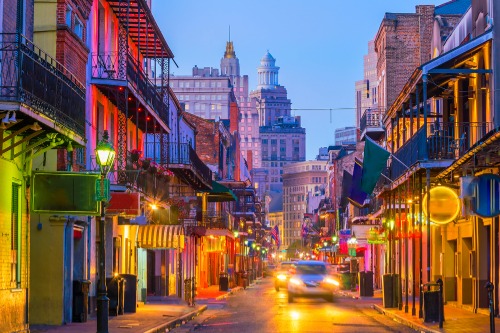
The French Quarter is vibrant and alive with culture, but its future is uncertain. Subsidence (the city is literally sinking), combined with flooding and storm damage, threatens its historic buildings and cobblestone streets. Every hurricane season feels like a roll of the dice.
2. Ellis Island Hospital Complex, New York
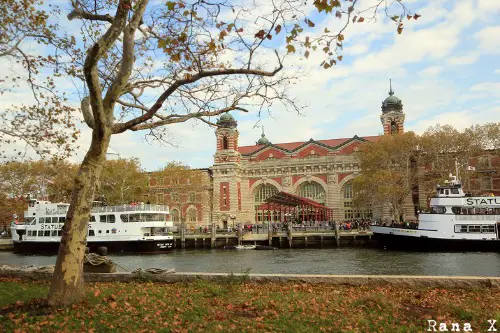
Ellis Island is synonymous with America’s immigrant story, but its hospital complex, once the largest public health institution in the country, is crumbling. Years of abandonment have left it vulnerable to weather and decay, and despite preservation efforts, parts of this historic site may soon be lost forever.
3. The Alaskan Permafrost Structures
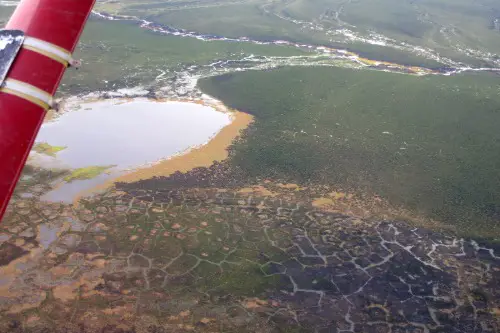
Alaska’s Native villages, built on permafrost, are rapidly disappearing due to warming temperatures. As the ice beneath melts, structures sink or collapse entirely. Historical sites like Shishmaref are already being relocated, but their cultural and historic significance cannot simply be moved.
4. Angel Island Immigration Station, California
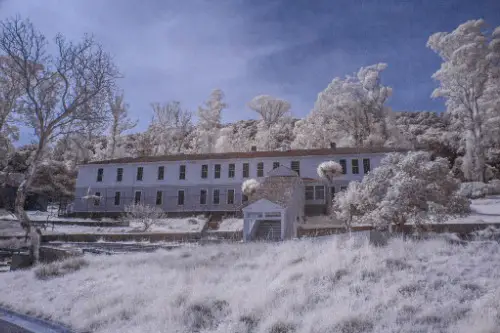
Known as the “Ellis Island of the West,” Angel Island processed thousands of Asian immigrants. Unlike its East Coast counterpart, this station bears scars of discrimination and resilience. The island’s wooden structures are vulnerable to time and weather, and preservation funds are running thin.
5. Cahokia Mounds, Illinois
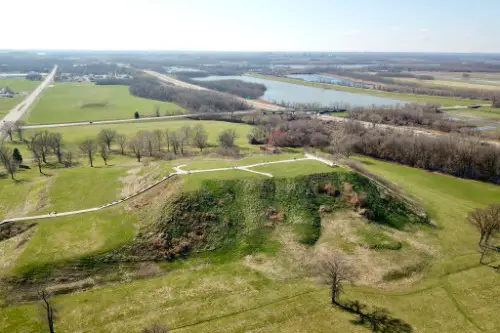
This UNESCO World Heritage site holds the remnants of one of the largest pre-Columbian Native American cities. Urban development, farming, and natural erosion threaten the mounds, which are some of the only clues left to this once-thriving civilization.
6. Liberty Theater, Louisiana
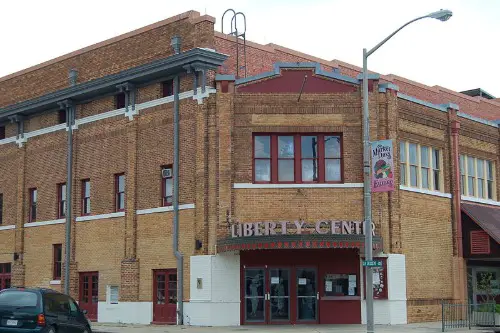
Once a cultural hub for Cajun music and community, this historic theater in Eunice is fighting decay. Coastal Louisiana’s rising sea levels and humid climate are constant adversaries, and without major interventions, the Liberty may not last.
7. Chesapeake Bay Lighthouses, Maryland
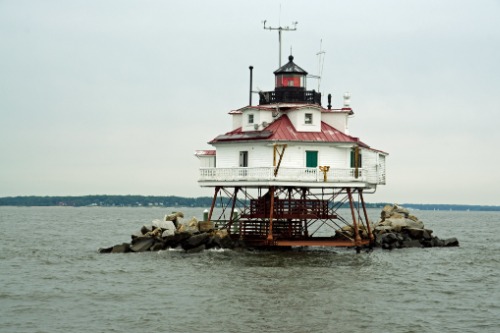
The iconic lighthouses dotting the Chesapeake Bay are eroding, thanks to rising waters and storms battering their foundations. These structures are more than scenic—they’ve guided ships for centuries and tell stories of America’s maritime past.
8. Chaco Canyon, New Mexico
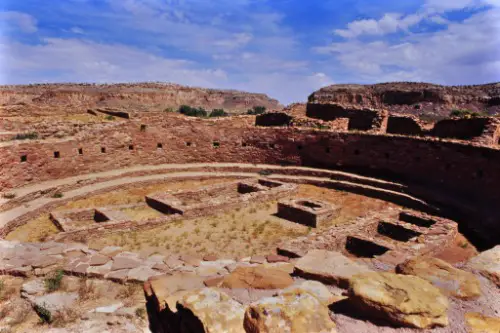
Chaco Canyon’s ancient ruins are breathtaking, but oil and gas development nearby puts the region at risk. The vibrations from drilling, combined with changes in land use and climate, could irreversibly damage this sacred Native American site.
9. Harriet Tubman’s Birthplace, Maryland

Harriet Tubman’s birthplace sits on low-lying land along the Blackwater National Wildlife Refuge. Rising sea levels and encroaching saltwater are swallowing this historic area bit by bit, making it harder to preserve this essential chapter of American history.
10. Fort Monroe, Virginia
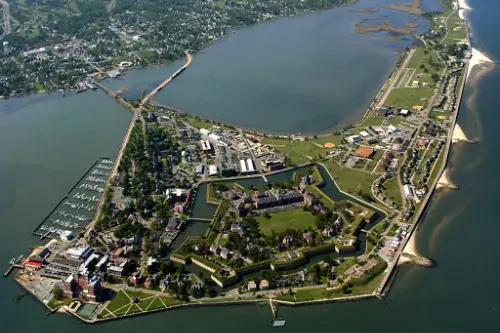
This Civil War-era fort played a pivotal role in early emancipation efforts, but its seaside location makes it vulnerable to rising seas and hurricanes. Efforts to protect Fort Monroe are underway, but nature isn’t waiting for preservationists to catch up.
11. Ernest Hemingway Home, Florida
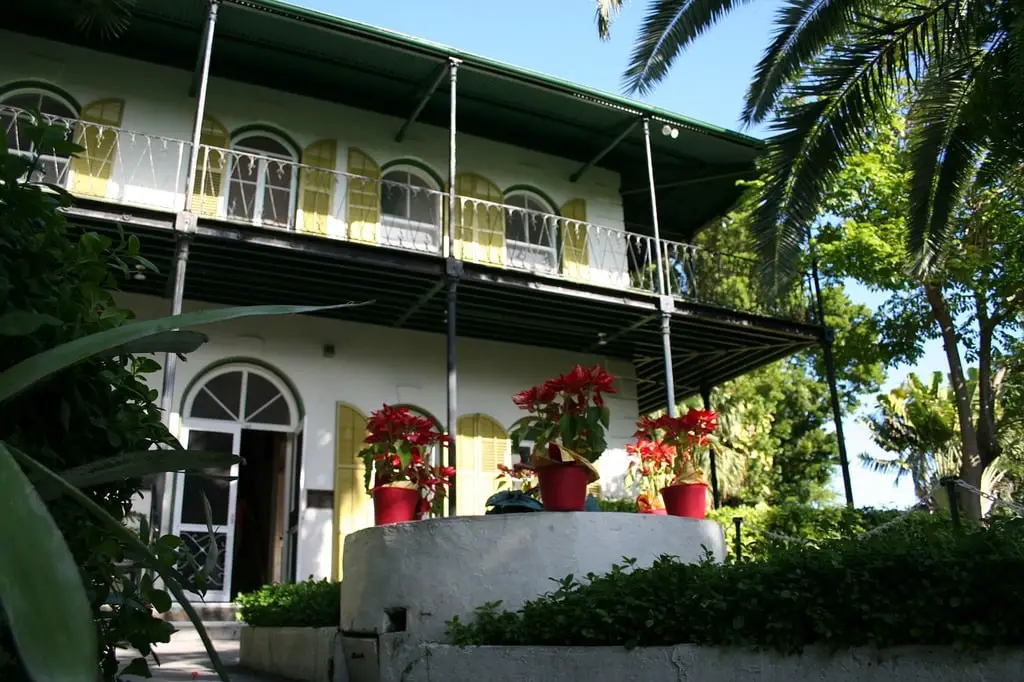
Key West is synonymous with Hemingway, and his home there is as iconic as his novels. Unfortunately, rising sea levels and hurricanes regularly threaten this cultural landmark. Tourists still flock there, but the climate clock is ticking.
12. Route 66, Various States
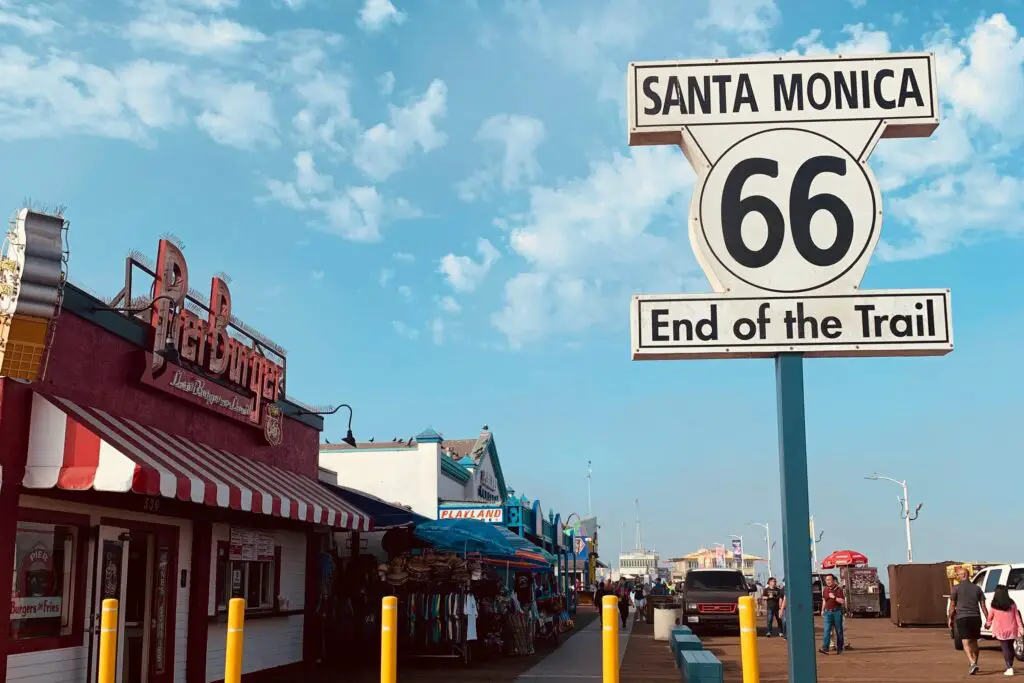
The ultimate American road trip route, Route 66, is falling apart in sections. Abandoned motels, gas stations, and diners along this historic highway reflect a bygone era. Urban sprawl and infrastructure changes mean that stretches of the “Mother Road” may soon vanish.
13. Mesa Verde Cliff Dwellings, Colorado
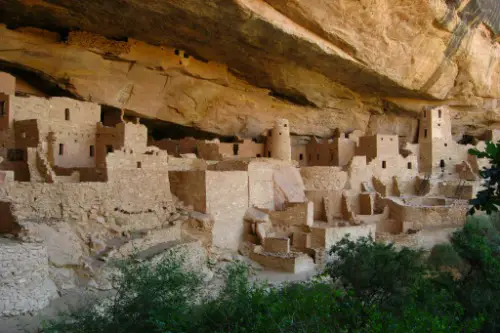
These ancient Puebloan homes built into cliffs are stunning, but they’re also under siege. Wildfires, erosion, and climate changes like intense freeze-thaw cycles are chipping away at their fragile sandstone foundations. They’re hanging on, literally, but for how much longer?


